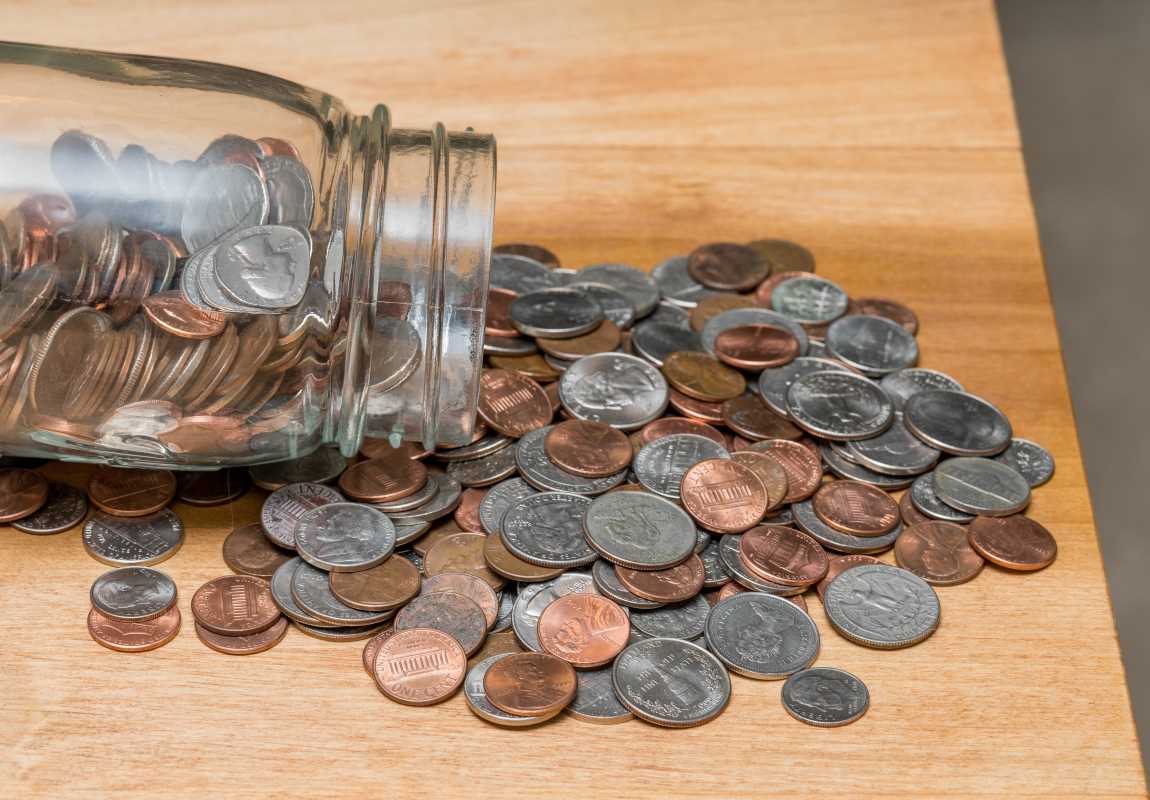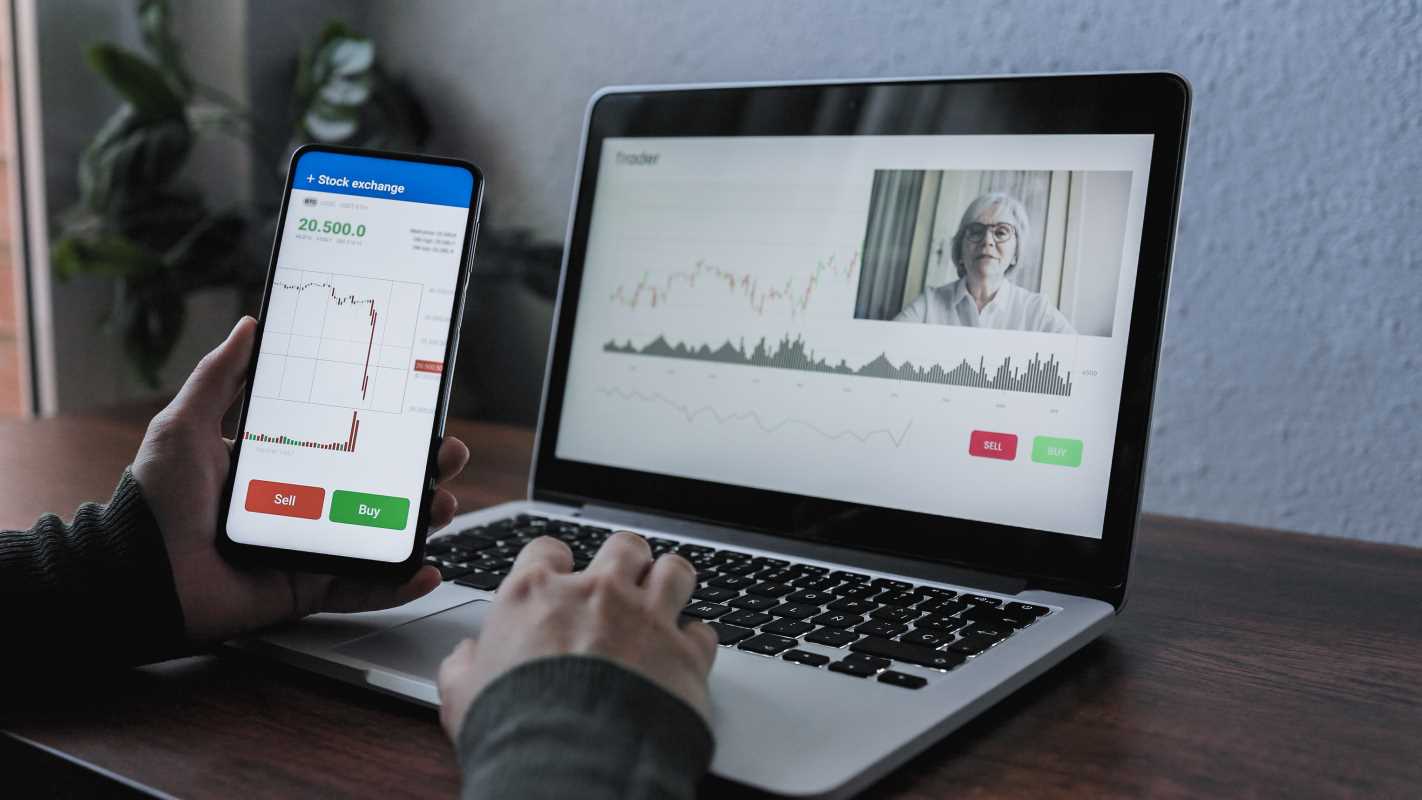The idea of building wealth can feel intimidating. Many people believe you need a large sum of money to start investing, a myth that stops them from ever taking the first step. The truth is much more empowering. You can begin building a strong financial future with the spare change you might find in your pocket or the few dollars left over from your coffee budget. Small, consistent investments have the power to grow into significant riches over time. This guide is here to show you how. We will explore the incredible power of compounding, outline simple strategies for investing small amounts, and provide actionable steps to get you started on your journey to financial well-being.
The Magic of Compounding: Your Greatest Ally
Albert Einstein reportedly called compound interest the eighth wonder of the world. It’s a simple concept with a powerful impact on your money. Compounding is the process where your investment returns start earning their own returns, creating a snowball effect that can turn small sums into a fortune.
Here’s a simple breakdown of how it works:
- You invest: Let's say you invest $100.
- You earn a return: Your investment earns a 10% return in the first year, so you now have $110.
- Your new total earns a return: In the second year, you earn 10% on the new total of $110. Your return is $11, not just the original $10. You now have $121.
This process continues, with your money growing at an accelerating rate each year. Time is the most important ingredient. The earlier you start, even with small amounts, the more time your money has to work for you. A little pocket change invested today can become much more valuable than a larger amount invested years from now.
Practical Strategies for Investing
You don't need to be a financial expert to start investing small amounts. Modern technology has made it easier than ever to turn your spare change into a growing asset. Here are some effective strategies to help you get started.
1. Use Micro-Investing Apps
Micro-investing apps are designed specifically for people who want to invest small amounts of money. They make the process simple, automatic, and accessible.
- How they work: Many of these apps use a "round-up" feature. You link your debit or credit card to the app, and every time you make a purchase, the app rounds up the total to the nearest dollar. It then invests that spare change for you. For example, a coffee that costs $3.65 would be rounded up to $4.00, and the app would automatically invest the $0.35 difference.
- The benefits: This method automates your saving and investing. You likely won't even notice the small amounts leaving your account, but over time, they add up significantly. These apps typically invest your money in a diversified portfolio of exchange-traded funds (ETFs), spreading your risk across many different stocks and bonds.
2. Embrace Fractional Shares
In the past, if you wanted to buy a share of a major company like Amazon or Google, you might have needed thousands of dollars. This created a high barrier to entry for new investors. Fractional shares have changed the game completely.
- What they are: A fractional share is exactly what it sounds like: a small piece of a single, expensive share of stock. Instead of needing to buy one full share, you can invest as little as $1 or $5 to own a portion of it.
- Why they're great: Fractional shares allow you to invest in the companies you believe in, regardless of their stock price. You can build a diversified portfolio of high-quality companies with just a small amount of money. Many popular brokerage firms now offer this feature, making it widely accessible.
3. Automate Your Contributions
One of the most effective ways to ensure you are consistently investing is to make it automatic. This strategy, known as dollar-cost averaging, removes emotion and forgetfulness from the equation.
- Set it and forget it: You can set up automatic transfers from your bank account to your investment account. This could be as little as $5 per week or $25 per month. The key is consistency.
- The power of discipline: By investing a fixed amount regularly, you buy more shares when prices are low and fewer shares when prices are high. This discipline helps smooth out the ups and downs of the market and can lower your average cost per share over time. It’s a simple way to build wealth without having to time the market.
Where to Invest
Once you've decided on a strategy, the next question is where to put your money. For those starting with small amounts, low-cost, diversified funds are often the best choice.
Low-Cost Index Funds and ETFs
Instead of trying to pick individual winning stocks, you can buy the entire market through an index fund or an ETF.
- How they work: These funds hold a basket of hundreds or even thousands of stocks, designed to mirror the performance of a market index like the S&P 500. When you invest in an S&P 500 index fund, you are instantly diversified across 500 of the largest companies in the U.S.
- The advantages:
- Diversification: Your risk is spread out, so the poor performance of one company won't sink your portfolio.
- Low Cost: These funds are passively managed, meaning they have very low fees (expense ratios). This ensures more of your money stays invested and working for you.
- Simplicity: They are a simple, one-stop solution for building a well-rounded portfolio.
You can invest in these funds through a brokerage account, a retirement account like a Roth IRA, or a micro-investing app.
Putting It All Together: Your Action Plan
Here’s a step-by-step plan to start.
- Find Your "Pocket Change": First, identify where you can find extra money to invest. This could be through a round-up app, by setting aside a small, fixed amount each week, or by cutting one small expense and investing the savings.
- Choose Your Platform: Decide which tool is right for you. A micro-investing app is great for beginners who want automation. A traditional brokerage account offering fractional shares gives you more control.
- Open an Account: The process of opening an investment account is straightforward and can usually be done online in minutes. You’ll need to provide some basic personal information.
- Automate Your Investments: Set up recurring deposits. Even $5 a week adds up to $260 a year. Thanks to compounding, that small amount can grow into thousands over time.
- Be Patient and Consistent: Building wealth is a marathon, not a sprint. The key is to stick with your plan, even when the market is volatile. Trust in the process and let compounding do its work.
The idea that you need a lot of money to invest is one of the biggest myths in personal finance. The truth is that you can start building riches today with just your pocket change. By understanding the power of compounding and using modern tools like micro-investing apps and fractional shares, you can put your money to work for you.
Don't let the size of your starting investment hold you back. Every dollar you invest is a step toward a more secure financial future. Take control, start small, and stay consistent. Your future self will thank you for it.
 (Image via
(Image via





